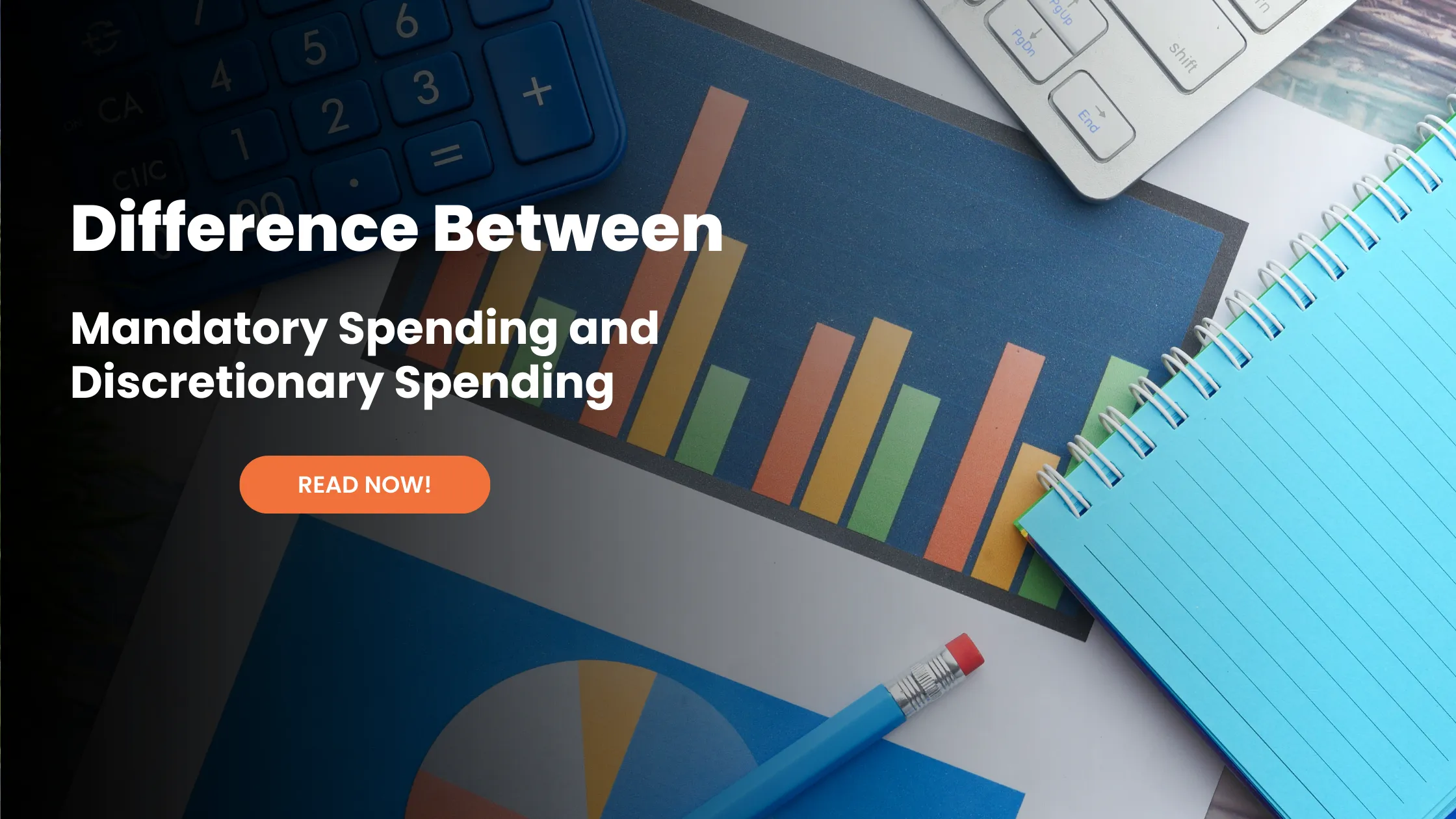As advancements in security systems continue, theft has also evolved to becomes a higher quality crime. Authentifying documents is now quite difficult without proper equipment.
It is common for some companies to provide an online service that generates a fabricated paystub for anyone, quickly and easily. It looks so similar to a genuine paystub that it’s almost impossible to tell the difference.
There are various warning signs to be aware of. To assist you in identifying any irregularities, in this blog we have outlined everything you need to view on a real paystub. So, let’s get started.
All of the Basic Information Should be Correct
Fake paystub generator generally provides you with general information and the individual who has generated the stub might have overlooked specific information to alter the generic wording.
Inaccuracies in basic details such as one’s name, job status or birth date should not be taken lightly as this is a significant flaw. Proper accountants are bound to pick up the technical mistakes such as misspellings, which they diligently rectify before overtly circulating the paycheck created, but a false paycheck generator will just pass inaccurate feeds effortlessly.
How To Spot a Fake Pay Stubs
There are several ways to identify a fake pay stub. Firstly, check the font and formatting of the pay stub. A real pay stub will have consistent font sizes and styles, while a fake one may have inconsistent fonts or spacing. Secondly, look for any typos or errors. A real pay stub will have accurate information, whereas a fake one may have spelling mistakes or incorrect numbers.
Thirdly, check for the company logo and contact information. A real pay stub will have a professional-looking logo and accurate contact information, whereas a fake one may have a poorly designed logo or incorrect contact information.
Verification of a Real Pay Stub
To verify a real pay stub, you can contact the employer or the payroll department. They will be able to confirm the authenticity of the pay stub and provide additional information if required. Another way to verify a pay stub is to compare it with previous pay stubs. A real pay stub will have consistent information and should match the previous ones.
Legal Consequences
Creating or using a fake pay stub is considered fraud and can have serious legal consequences. If caught, the person responsible may face fines or even imprisonment. It is important to always use real pay stubs and not to attempt to deceive anyone with a fake one.
Should There be a Difference Between O an 0?.
When it comes down to detecting a fake paystub, the small details makes all the difference. On the pay stub, there should be a distinct difference between O and 0; frequently a line will be drawn via zero.
Because the fake rarely care to examine the little characteristics, they are an excellent reason to conduct a more thorough inquiry.
Estimates and Roundups Should be Minimal
Real pay stubs are created by expert accountants who are concerned with accounting for every last penny. As a result, all estimates and rounds should be kept minimal. If you dwell deeply, too many numbers are being rounded to the nearest zero, unrealistic estimates and they don’t just appear right, so you should double-check to make sure that you’re not dealing with the fake paystub.
Conclusion
To determine if a pay stub is real, check for a professional-looking logo and accurate contact information. To verify its authenticity, compare it with previous pay stubs or contact the employer or payroll department. Using or creating a fake pay stub is considered fraud and can result in serious legal consequences.
Look for distinct differences between O and 0, and ensure minimal estimates and roundups. Real paystubs account for every penny and should appear realistic. If you are looking to generate pay stub then you should visit eFormscreator.



















